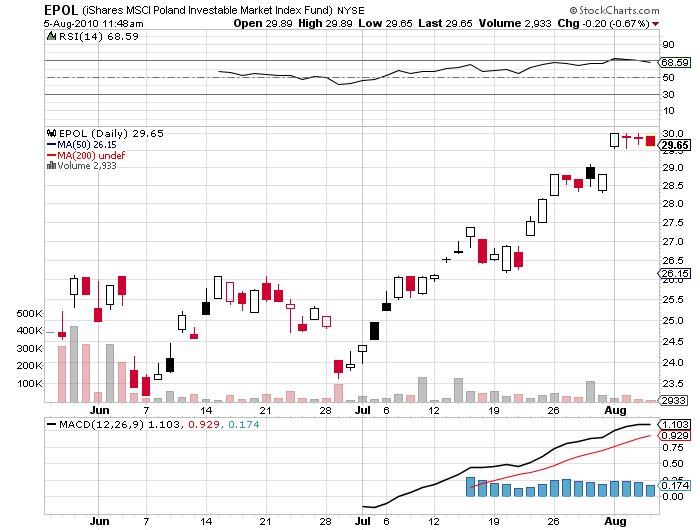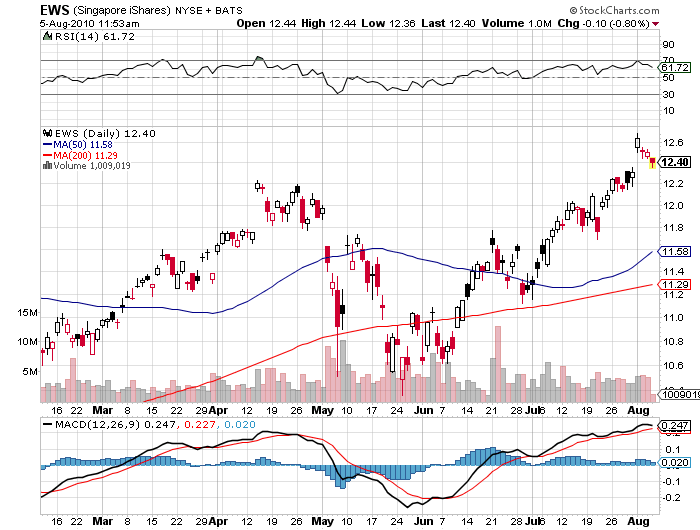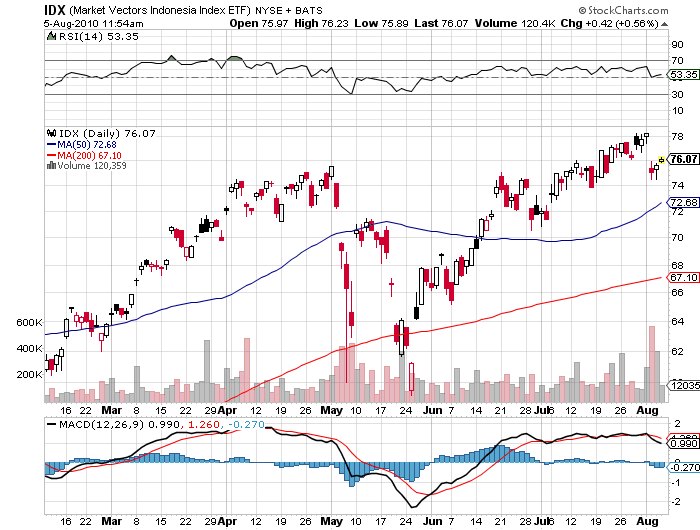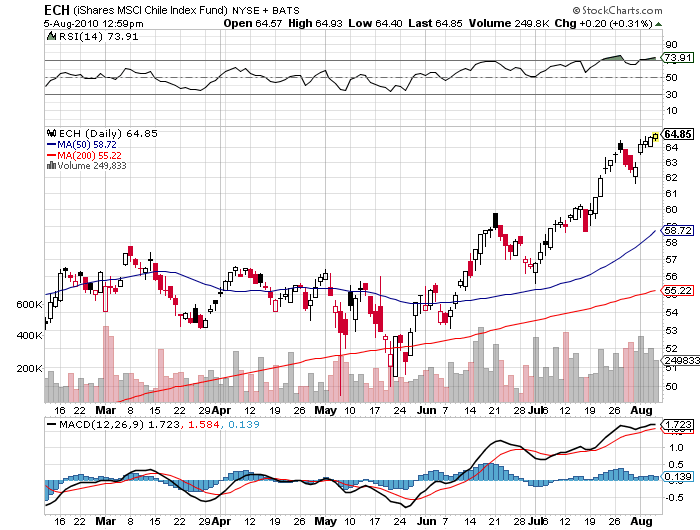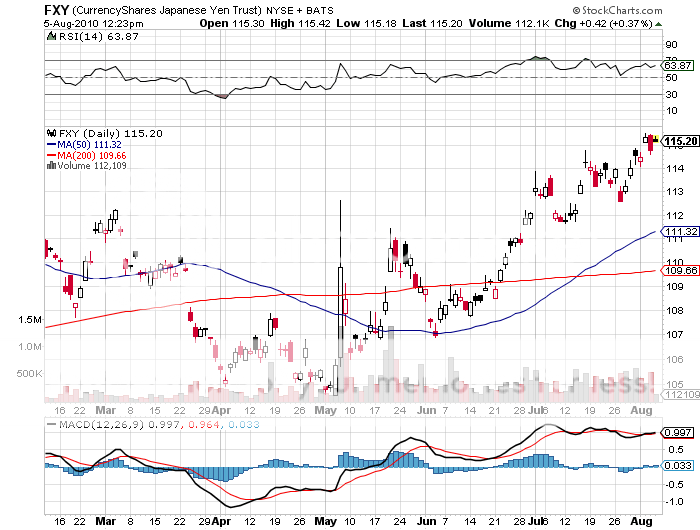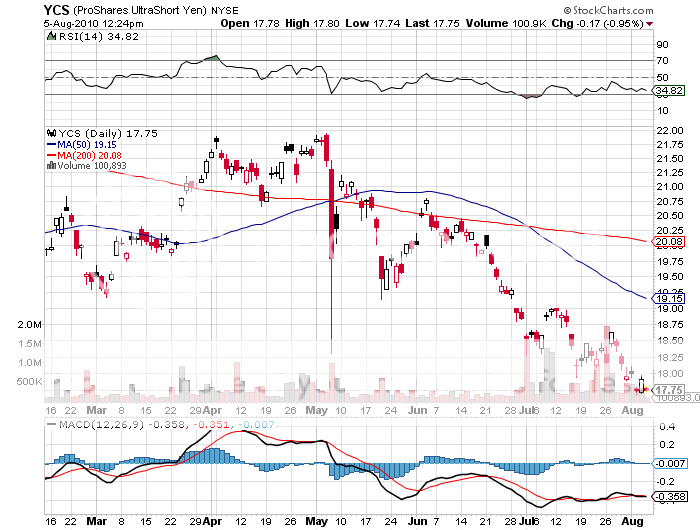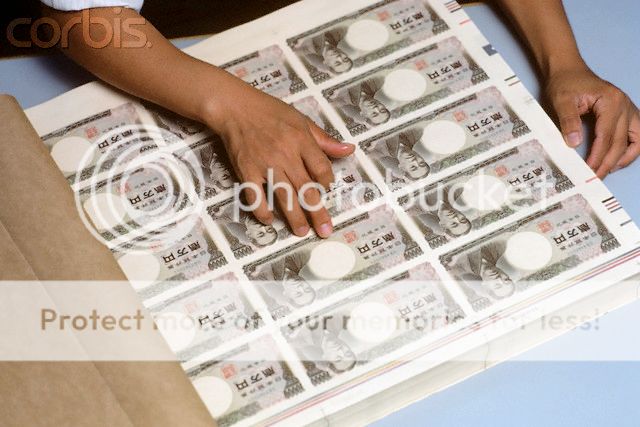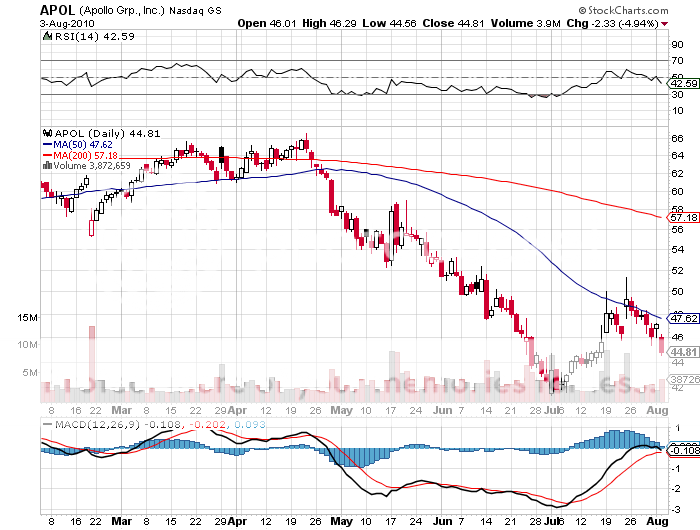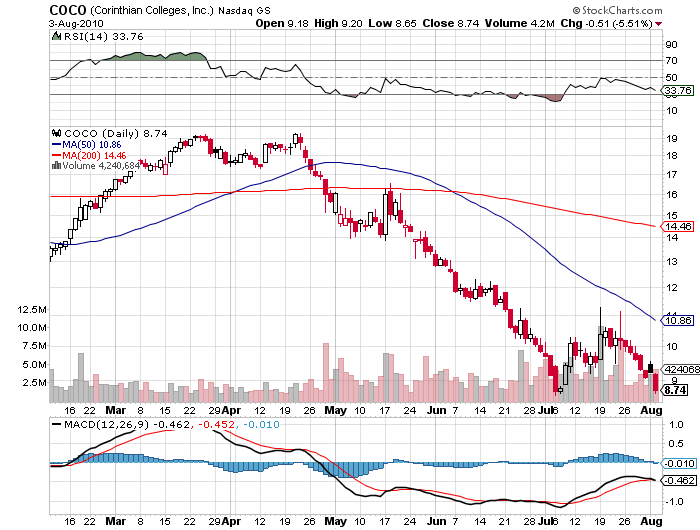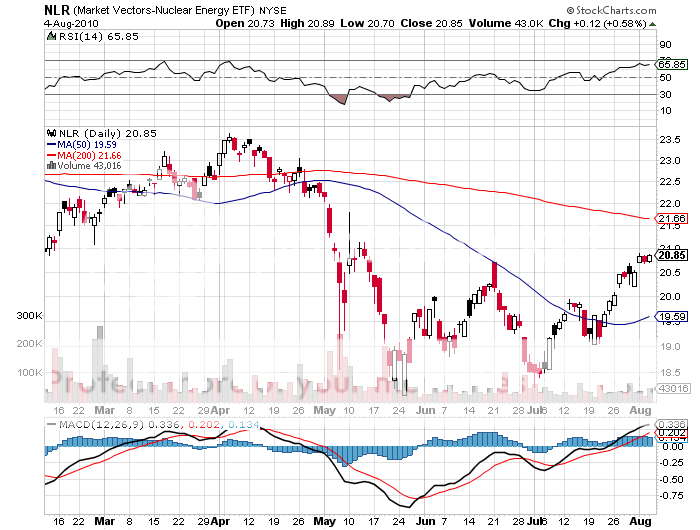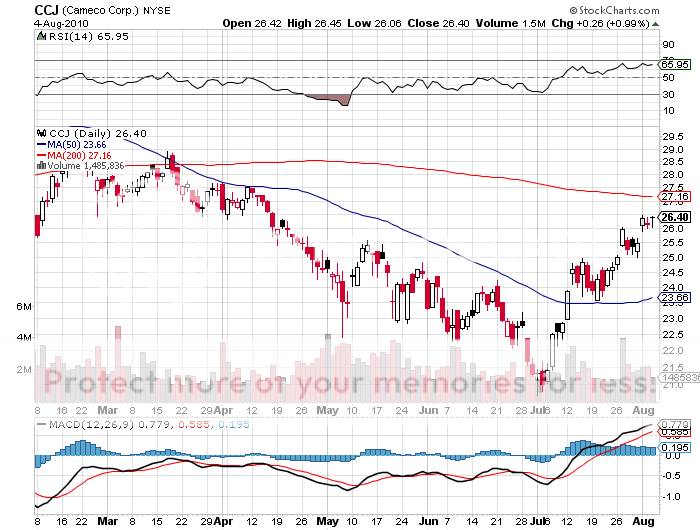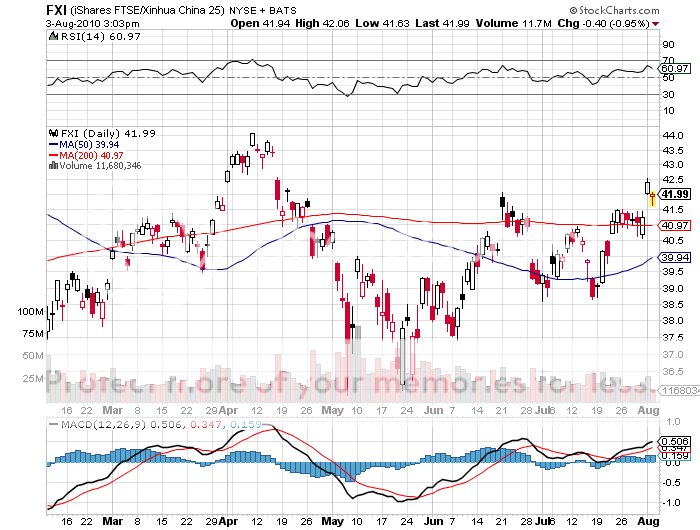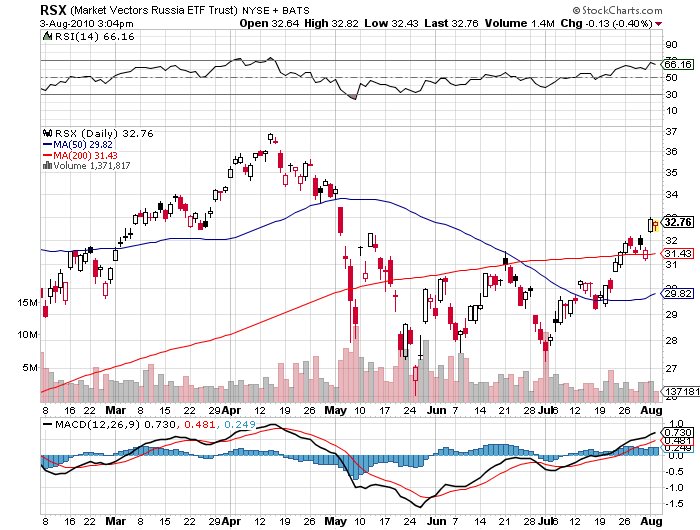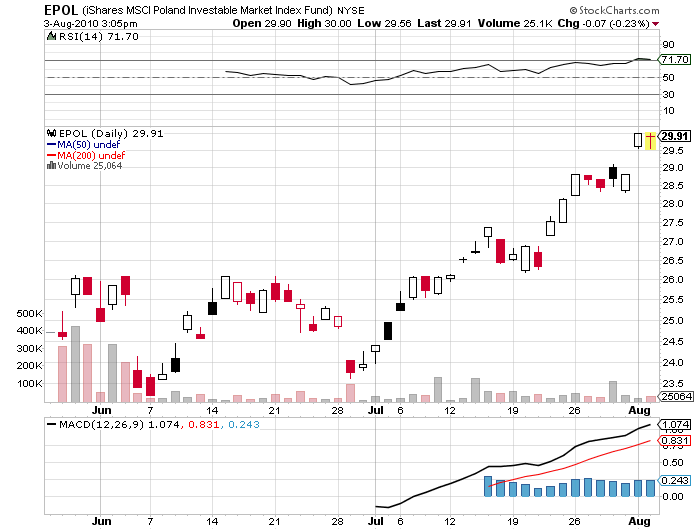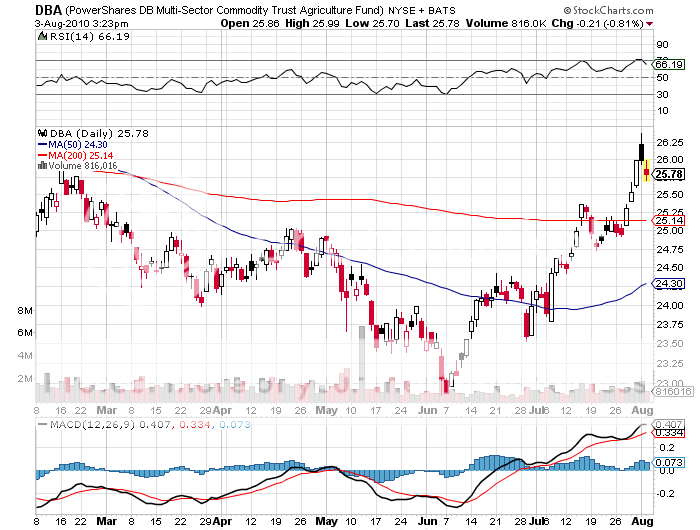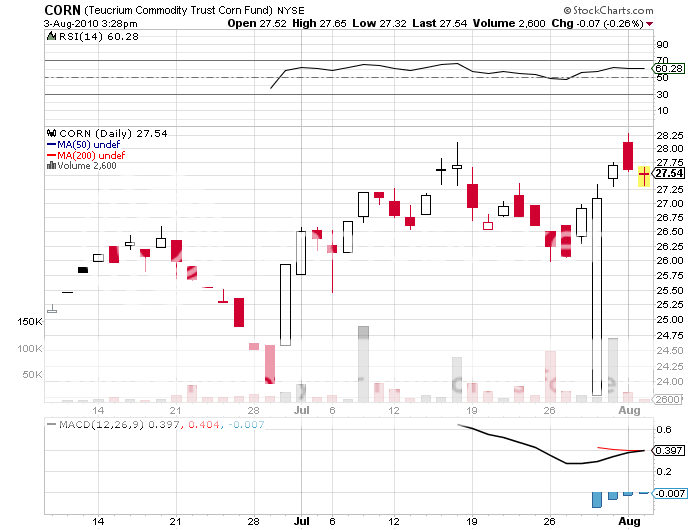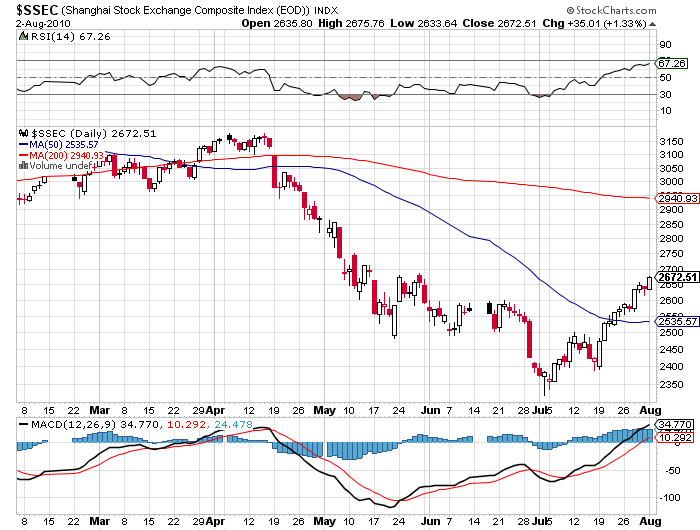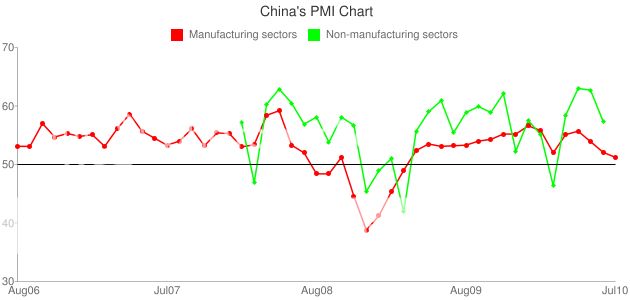
Featured Trades: (EMERGING MARKETS ARE HOT),
(EPOL), (IDX), (ECH), (EWS)
iShares MSCI Poland Investable Market ETF
Market Vectors Indonesia ETF
Singapore iShares ETF
iShares MSCI Chile Fund Index ETF
2) Emerging Markets Are on a Tear. Regular readers of this letter know that I have been going on about emerging markets like a broken record (as my kids ask 'What's a record?'). My favorite investment targets have been on an absolute tear lately. In July, Poland (EPOL), (click here for 'Where to Play the Dead Cat Bounce in Europe' ) soared by 25%, Chile (ECH) rocketed by 17% (click here for 'Chile is Looking Hot"), Singapore popped 13% (click here for 'Singapore Sizzles'), and Indonesia jumped 11% (click here for that call). Portfolio managers are voting with their feet, unsurprisingly choosing to invest in the portion of the global economy that will account for 90% of growth for the next decade, and giving a cold shoulder to the home market that will only provide 10%. They are capturing a double whammy in that appreciating currencies and rising share prices create a leveraged, hockey stick effect on trading profits. If you want to run with the bulls, make sure your passport is current.
Keep Your Passport Current if You Want to Run With The Bulls
Featured Trades: (YEN), (FXY), (YCS)
Currency Shares Japanese Yen Trust
ProShares UltraShort Yen ETF
3) What's Behind the Yen Strength. My old friend Peter Tasker (we both wrote for the late Far Eastern Economic Review in the seventies), ran an interesting editorial in the Financial Times today (click here for the piece). He examines the only two assets that have gone up in price over the past three years, gold (GLD) and the yen (FXY), (YCS). While clearly not a gold bug, he does advance some interesting arguments on the Japanese currency. If the ten year JGB is at a 1.1% yield, and the deflation rate is 1.5%, then the real rate of return for investors is a mostly tax free 2.6%. But government statistics understate the case, as usual, and the real deflation rate is probably closer to 3%, taking the real yield to 4.1%, among the world's highest. Nobody owns yen and therefore can't sell it. Ditto also for JGB's, which are almost entirely held by Japanese institutions because they have been so low yielding for so long. This is why a recent miniscule redirection of new reserve purchases away from US Treasuries into JGB's cause bond prices there to rocket, and the yen to take a run at a 15 year high at ?84.8. A new all time high at ?79.8 is not out of the question. The yen strength will eventually end, because while gold cannot be created out of thin air, currency can, through a massive quantitative easing that sends the printing presses into triple overtime.
'People are finally starting to realize that 'extended period' means 'extended period,' said former University of Chicago professor and former Fed governor Randall Kroszner, about future interest rate expectations.
Featured Trades: (FOR PROFIT EDUCATION),
(APOL), (COCO), (ESI)
2) The Smoking Gun on For-Profit Education. When I recommended the for-profit education sector as a potential short (click here for 'Hedge Funds Are Targeting for Profit Education'), I didn't know that the General Accounting Office was conducting an undercover investigation of several schools. Since then share prices have fallen off a cliff, with lead stock Apollo Group (APOL) of University of Phoenix fame at one point underwater by 20%, and smaller Corinthian Colleges (COCO) down a gut churning 37%.? The GAO report that was released to congress today alleged that all 15 schools studied engaged in deceptive marketing practices, and that four advised students to lie on their loan applications. The schools examined included Apollo, Corinthian, the Washington Post's Kaplan unit, and ITT Education Services (ESI). Hedge fund manager Steve Eisman of FrontPoint Partners has described this industry as the next subprime crisis, and has been amassing a considerable short position for some time, which is now paying off handsomely. These companies are about to enter a world of hurt, as a boatload of regulation, and possible criminal prosecution, is heading their way.
Steve Eisman is Looking Good
Featured Trades: (THE NUCLEAR COMEBACK), (CCJ), (NLR)
3) Nuclear Energy Makes a Comeback. Better drag your leisure suits, bell bottoms, and Bee Gee's records out the attic. The seventies are about to enjoy a rebirth.
The nuclear industry, which has been comatose since the accident at Three Mile Island in 1979, is gearing up for one of the greatest comebacks of all time. There is absolutely no way we can deal with our impending energy crunch without a huge expansion of our nuclear capacity, which sits at a lowly 20% of our total power generation. France has already achieved 85%, followed by Sweden at 60% and Belgium at 54%, and the last time I checked, none of these Europeans were glowing in the dark. The BP disaster only brings the day of reckoning closer.
Unless you're an underpaid nuclear engineer toiling away in total obscurity at some university, you are probably unaware how far the technology has moved ahead in the last 30 years. Generations I and II produced the aging 'joint use' behemoths we now see on coasts and rivers, which generated both electricity and atomic weapons, but could potentially melt down if someone forgot to flip a switch. Think Chernobyl. Generation III has spent decades trapped on the drawing board.
There are over 100 Generation IV designs, and many are certain to get built. The most popular is known as a 'pebble reactor,' which relies on a new form of fuel embedded in graphite tennis balls cooled with helium that is just hot enough to generate electricity, but too weak to allow a disaster. Also known as a Very High Temperature Reactor (VHTR), these plants enable a 50% increase in thermal efficiencies. The built-in safety of the design let's you eliminate many redundant backup systems, cutting costs. No surprise that the only operating prototype is in China. Low grade waste can be stored on site, not shipped to Nevada or France. Other feasible designs include using thorium fuels, fast neutron reactors, and liquid lead, sodium, or salt cooling variants. Plants are also about to get a lot smaller too.
Speeding the resurrection of this once dead industry is some cheerleading from none other than the same demonizing, apocalyptic environmentalists that shut the industry down thirty years ago (remember Jane Fonda in The China Syndrome?) That is helping shorten the permitting process from 15 years to four by confining new construction to existing facilities instead of green fields.? Nuclear power generates no carbon dioxide, an important consideration if we're all about to suffocate on the stuff. Each new nuclear plant will take one or two of our 400 coal fired plants offline. Do you think they noticed that there has not been one nuclear death in the US since the sixties, while tens of thousands died globally in coal mining disasters or from the black lung that follows?? And I'm not even counting millions of respiratory illnesses brought on by ubiquitous air pollution. That's why at least 30 new reactors are expected to start construction in the US over the next five years, and over 100 in China.
There is a great equity play here, and I would use any substantial dip in the market to scale in.? The Market Vectors Nuclear Energy ETF (NLR) is the easiest way in. You can also buy its largest components, like Cameco (CCJ) (click here for their website at http://www.cameco.com/investors/ ), the world's largest uranium producer.
And while you're at it, you might start practicing your 'hustle' once again.
' The oil era will end in 30 years, as it is replaced by alternatives, offshore, and tar sands,' said Ahmed Zaki Yamani, the former Saudi oil minister, who invited me on his private jet for a trip to the kingdom so I could conduct an exclusive interview during the seventies.
Featured Trades: (DR. GEORGE FRIEDMAN OF STRATFOR),
(HEDGE FUND RADIO), (RSX), (FXI), (EPOL), (TUR)
Market Vectors Russia ETF Trust
iShares MSCI Turkey Investable Market ETF
iShares MSCI Poland Investable Market ETF
iShares FTSE Xinhua China 25 ETF
1) Dr. George Friedman of STRATFOR on Hedge Fund Radio. China is in serious trouble. That is the conclusion of Dr. George Friedman, president of STRATFOR, a geopolitical strategy consulting firm. While it has had a great 30 year run, that performance will not extrapolate 30 years in the future, as many China (FXI) bulls believe. Of the Middle Kingdom's 1.3 billion citizens, only 60 million earn a $20,000 middle class income, while 440 million make $3-$6/day and 600 million take in under $3/day. The people's liberation army, which is manned predominantly by the under classes from the hinterlands, could move the country away from its modernizing trend at anytime, especially if a recession leads to starvation in the countryside.
The problem is that the Chinese are investing their massive reserves anywhere but in China, which they fear may lead to an overheating of the economy. Are they aware of risks invisible to foreign investors? The future direction of the country may be decided by its next election, the first open one in history.
Dr. Friedman much prefers investing in Japan (EWJ), which has the benefit of a stable society, immense industrial plant, advanced technology, and the largest military force in Asia. Demographic challenges can be met by offshoring labor intensive industries in China, which they have been doing aggressively for three decades. Japan is a classic case of a nation with strong fundamentals, but lousy management, which can be solved with a simple change of government.
The largest threat to the nascent global economic recovery is a breakdown of back channel negotiations between the US and Iran, which could lead to a blocking of the Straits of Hormuz. This would cause oil to spike to $500 a barrel, trigger a global depression, lead to widespread sovereign debt defaults, and send Western governments toppling. That's why neither the US nor Israel will bomb the rogue nation's nuclear program, which in any case can only produce impractical, unusable weapons.
The greatest threat to US power would be the coalescing of a pan Middle Eastern super power. US policies that triggered a Sunni/Shiite civil war can be viewed as a success in that they prevent this from happening. A trillion dollar price tag is a bargain as long as we can still buy gas at home for $3/gallon.
Russia (RSX) is moving towards a stable economic platform built around its resource riches, moving on from the kleptocracy of the nineties. It is creating integrated energy majors, which are establishing a global footprint and present a potent oil weapon. Monopolies in wood, grain, and diamonds are moving in the same direction.
Dr. Friedman started out life as a refugee from Hungary, his parents rowing him across the Danube in 1949 under glaring searchlights. He obtained his BA from the City College of New York and his PhD in government from Cornell. He then spent two decades teaching political science at Dickinson College in Pennsylvania. Dr. Friedman has recently published a New York Times best seller entitled The Next 100 Years: A Forecast for the 21st Century. To buy this entertaining tome at a discount from Amazon, click here.
Where would Dr. Friedman focus his investments now? In the US, which with a 25% share of world GDP and the most powerful military in history is in an ideal position to dominate the global economy for another century.
To listen to my interview with Dr. George Friedman on Hedge Fund Radio in full, please go to my radio archives by clicking here, and click on the 'PLAY' arrow. Or, you can download it to your IPod or pc. You can learn more about Dr. George Friedman and STRATFOR by visiting his website at http://www.stratfor.com/
Featured Trades: (WHEAT), (CORN), (SOYBEANS)
PowerShares DB Multi Sector Commodity Trust
Teucrium Commodity Trust Corn
2) Grain Prices Are Spiking Everywhere. Now the grains are literally on fire. News reports over the weekend of wild fires triggered by historic draught conditions in Russia and the Ukraine, consuming vast swaths of wheat have sent prices flying. The Food and Agriculture Organization (FAO) now predicts that 10-15 million tonnes of wheat will go missing this year, leading to global supply shortages. The big problem is that the breadbasket of Europe has long been the low cost provider of grain for the world market, and their absence is going to squeeze major consumer nations, like China and India. You all know that I have been wildly bullish on the ags since June (click here for the call). Since then, the corn ETF has rocketed 18%. I have recommended the agriculture ETF (DBA) for the past year, which has long been moribund. But its 9.2% weighting in wheat took it up a healthy 12% in July. If anyone had any doubt about the existence of global warming, you better take a look at these charts.
'The whole US market is pretty much low quality these days,' said Richard Bernstein, of Bernstein Capital Management.
Featured Trades: (CHINA), (FXI)
1) China's PMI Sets Market a Flutter. Several decades ago, a kid selling greeting cards door to door (yes, that's how old I am) stopped by my office. When I said no, he suddenly burst into tears and threw a handful of samples up in the air, which then wafted back down into the adjoining cubicles. That's how I felt this morning.
On hearing that China's (FXI) purchasing managers index dropped from 52.1 to 51.2, the lowest reading since February 2009, your first guess would not be that that the Shanghai market would jump 1.2% or that the Dow would pop 1.9%.
Perhaps traders took the new data as proof that the Chinese central bank's tightening measures were working, and that no more would be needed? Maybe strength in commodities and food prices is spilling over into the rest of the economy? How about a first day of the month buying binge by long term global investors? Maybe it's just random short term noise?
All of this is happening with ten year Treasury bond yields, which by far have been the most accurate leading indicator of the economy, straining their way back down to 2.95%. IBM raised three year money today at a staggeringly low non-yield of 1.13%, locking in an upside potential for investors of nothing! Is the double dip recession, once off, then on, now off again? Go figure.
What happened to the kid? The secretaries from the adjoining office (yes, that how old I am) scurried over, helped him pick up his cards, bought a couple of boxes, and looked at me like I was some kind of monster. The kid strolled out of the place with a smirk on his face. Sometimes you just have to throw up your hands and cry.
Is China Trumpeting a Recovery?

